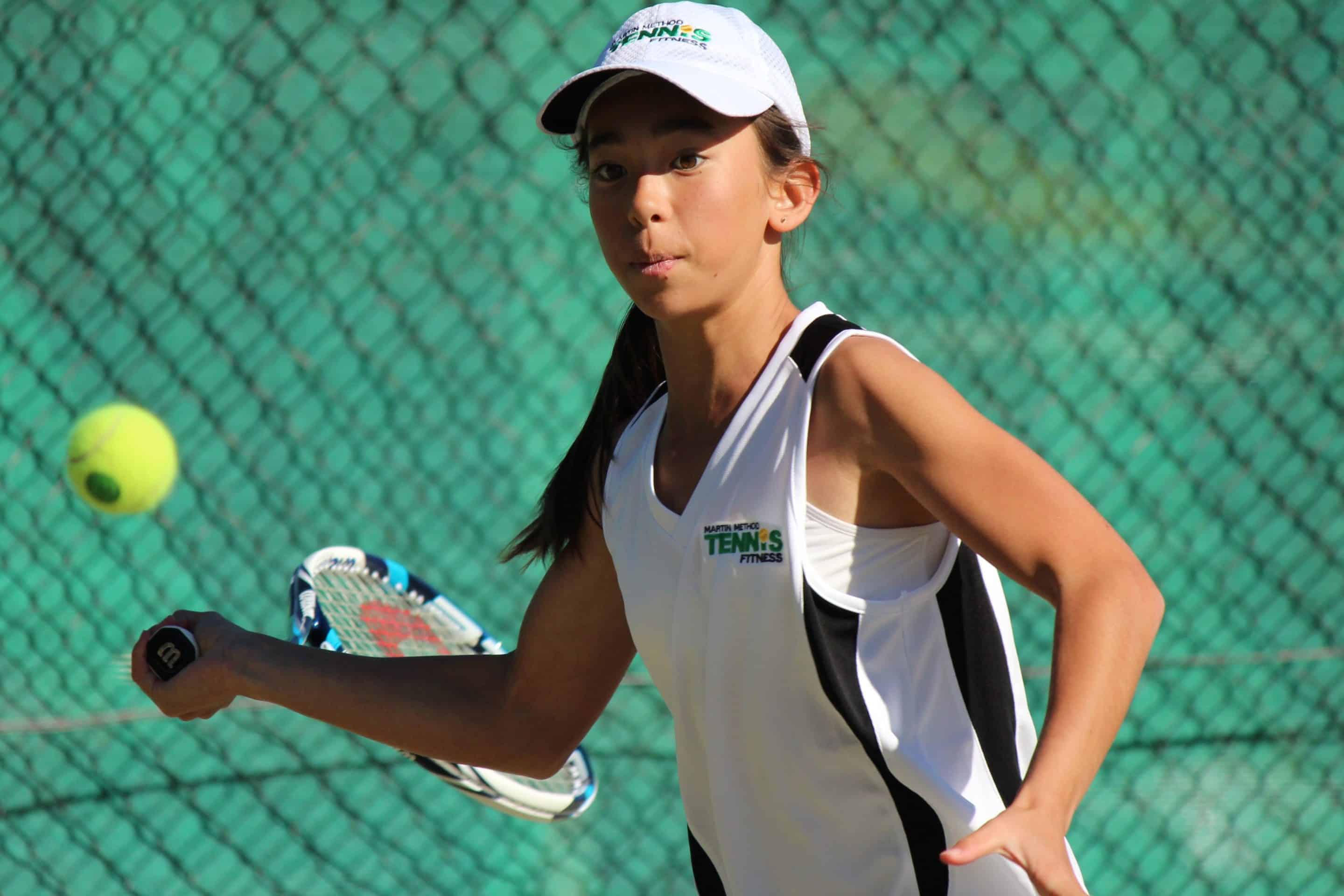Before I can answer, I first need to rephrase the question. Girls develop physically at different times and rates, and at 14 there’s wide variability in girls’ bodies—some are already menstruating and fully grown, and others still have a long way to go. The crucial variable here isn’t age, it’s physical development. So the question we should be asking is this: Should physiologically immature girls lift weights?
The short answer? No. But allow me to explain.
Developing bodies are in a constant state of chaos—bones grow longer, muscles scramble to adapt, and growth spurts undermine flexibility in the muscles and fascia. The developing body is highly vulnerable, and so adding the extreme mechanical stress of weightlifting to this already volatile mix is a recipe for disaster.
However, the biggest danger of weightlifting is actually the risk of injuring growth plates, the tube-like bone tissue that determines bone growth. If your player injures her growth plate, the growth plate can close, and if it closes, the bone stops growing. And not just temporarily, either. I mean stops growing forever. So with a single bad deadlift, your player can injure the growth plate in her left femur, forever distorting her leg’s growth. Depending upon the injury, the leg could either grow asymmetrically or even stop growing completely.
Exceptions to the rule
The overwhelming majority of girls get all the strength they need from playing and practicing. However, in rare instances, some girls may need a strength-training program before they’re fully grown. So, if you’re working with a player with weak legs and glutes, for instance, it’s okay to add some light dumbbells to her routine, but avoid machines (which don’t properly train the kinetic chain) and big lifts (e.g. heavy squats and deadlifts), and make sure to keep a close eye on her form.
With that being said, bodyweight exercises are a much safer bet. Yet even with basics squats, lunges, and push-ups, you need to carefully monitor your player’s technique. Don’t forget: one perfect push-up is far better than fifteen sloppy ones.
Knowing if your player is physiologically mature
Okay, so now you understand the risks of weightlifting for physically immature athletes. But how can you tell if your athlete is physically mature? Well, if you want to be dead-certain, you can always get an x-ray to determine if the growth plates have closed, but that’s probably unnecessary. Instead, take a look at her physiologic development (breast size, initiation of menstruation cycle, etc.) And if you’re still unsure, just ask her parents.
Dr. Erin Boynton is an orthopaedic surgeon, expert medical witness, consultant to the Toronto Blue Jays, and past-chair of the research committee for the Canadian Orthopaedic Foundation.
Throughout her career as a surgeon and sports doctor, she has worked with many professional sports teams, including the Toronto Maple Leafs and the Toronto Argos, and she was the first female orthopaedic surgeon to work in the MLB and NHL. For the last sixteen years, she has acted as the Medical Director for the Rogers Cup WTA tennis tour.
Take control of your recovery—Download Dr. Erin B’s “Movement Cure” eBook today!

